

My uneducated guesses:
- Starlink’s existing provision for Earth could be achieved for Mars too, using a very similar system
- In some ways, Mars will be easier.
- Much thinner atmosphere
- Far fewer of the constraints needed to ‘play nice’ with an existing high-tech civilization, like minimizing reflections of sunlight to the ground, or avoiding radio interference.
- But the first generation system for Mars will be different in an important way: significantly higher altitude
- Thus higher ping times
- And fewer satellites than would otherwise be needed for continuous coverage, which in turn means lower total bandwidth capability, and less redundancy, but much cheaper & quicker to set up and maintain.
- None of the above covers the actual NASA requirement/aspiration for new interplanetary comms (which seems to be referred to as “DRM 4”).
- For one thing, an in-space laser link that can cover 100s of miles efficiently, is qualitatively different from one that can cover 100s of millions of miles.
- But as NASA has already achieved over 6 Mbps across 240 million miles, SpaceX will also be able to create a usable interplanetary link
- SpaceX will equip some of their Earth-orbiting Starlink satellites, and all of their Marslink satellites, with this qualitatively different, and outward-facing, laser comms tech.
- Having, as your endpoints, devices that are orbiting around planets, is disadvantageous in some ways, such as the fact they spend about half the time on the wrong side.
- But SpaceX will find a way to make it into an advantage. (Multiple simultaneous connections?)
Any thoughts?
Also, you need a relay capability when the sun is in the way. But are such relays expected to be beneficial even at other times? Will SpaceX find a way to make them beneficial?
P.S. It’s interesting that Spaceflight Now did a tweet thread on this NASA presentation, but didn’t consider it worth an article. Yet PC Mag made a whole article primarily out of 1/3 of a slide from one of those tweets by Spaceflight Now! (And I’m glad they did!)

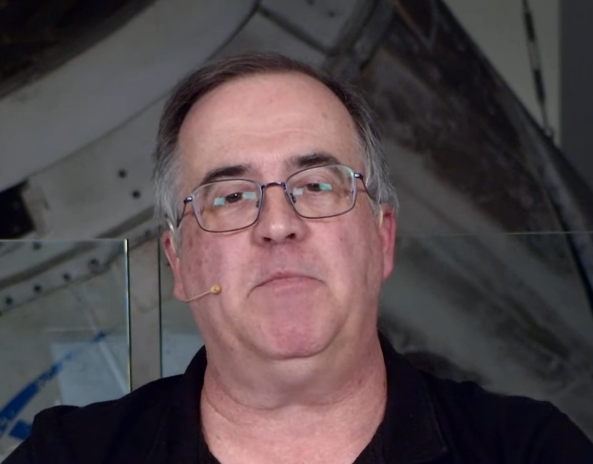
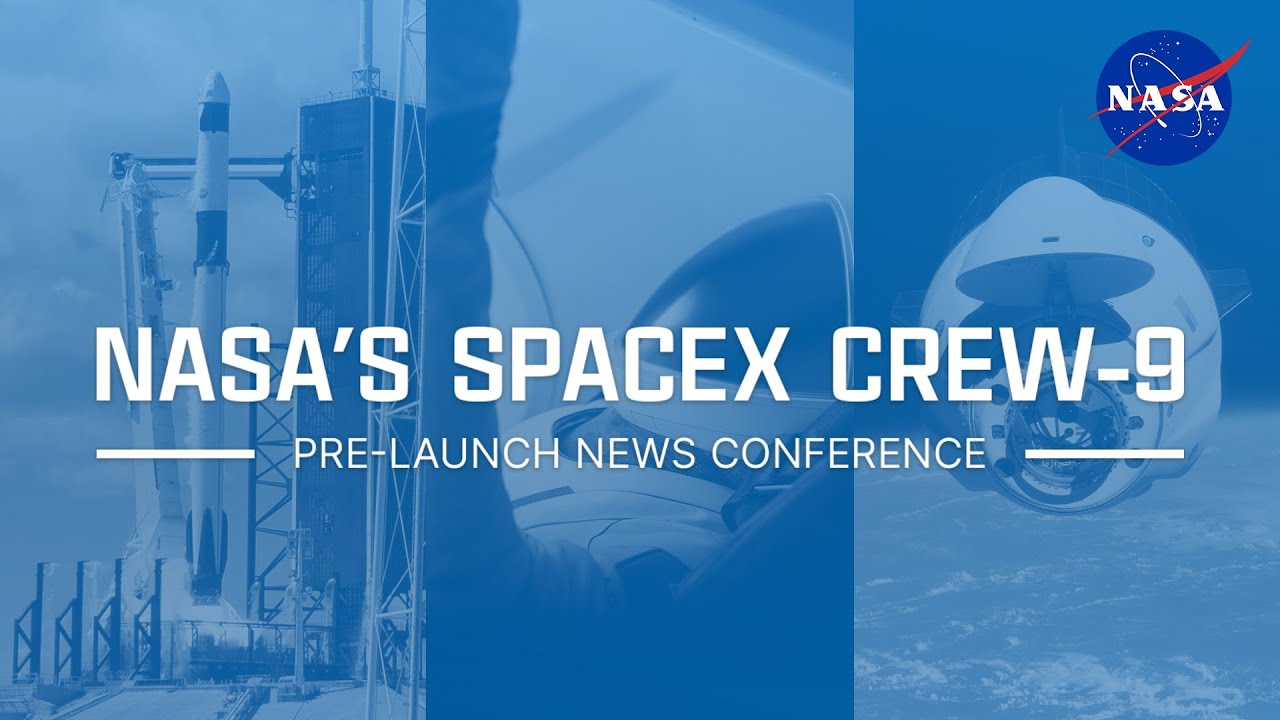


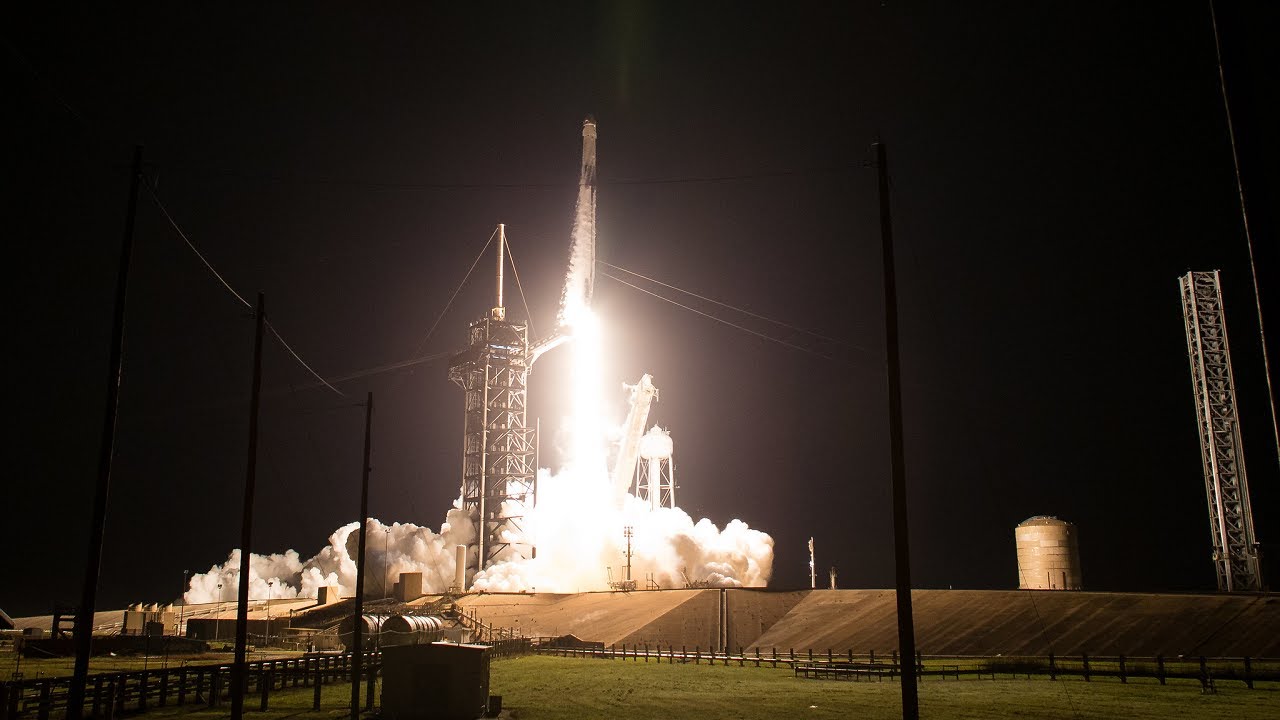
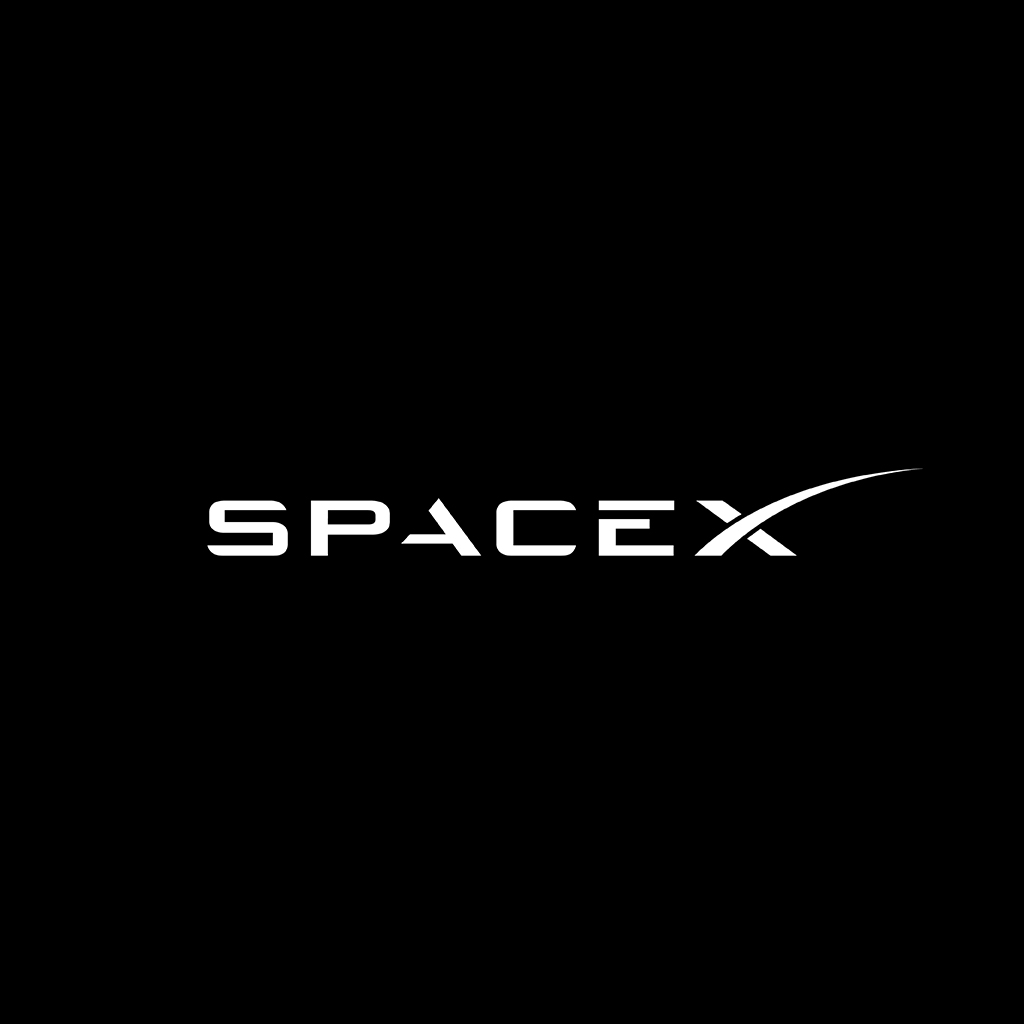
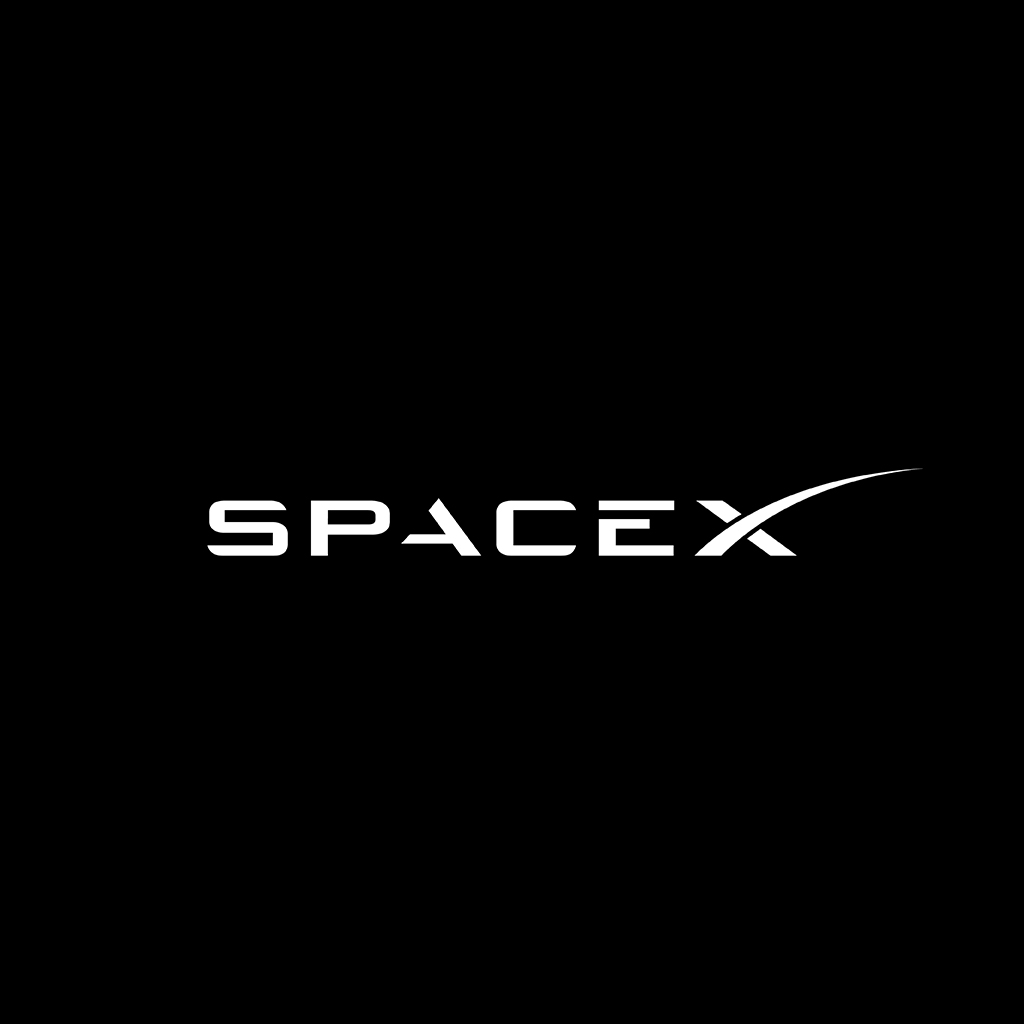
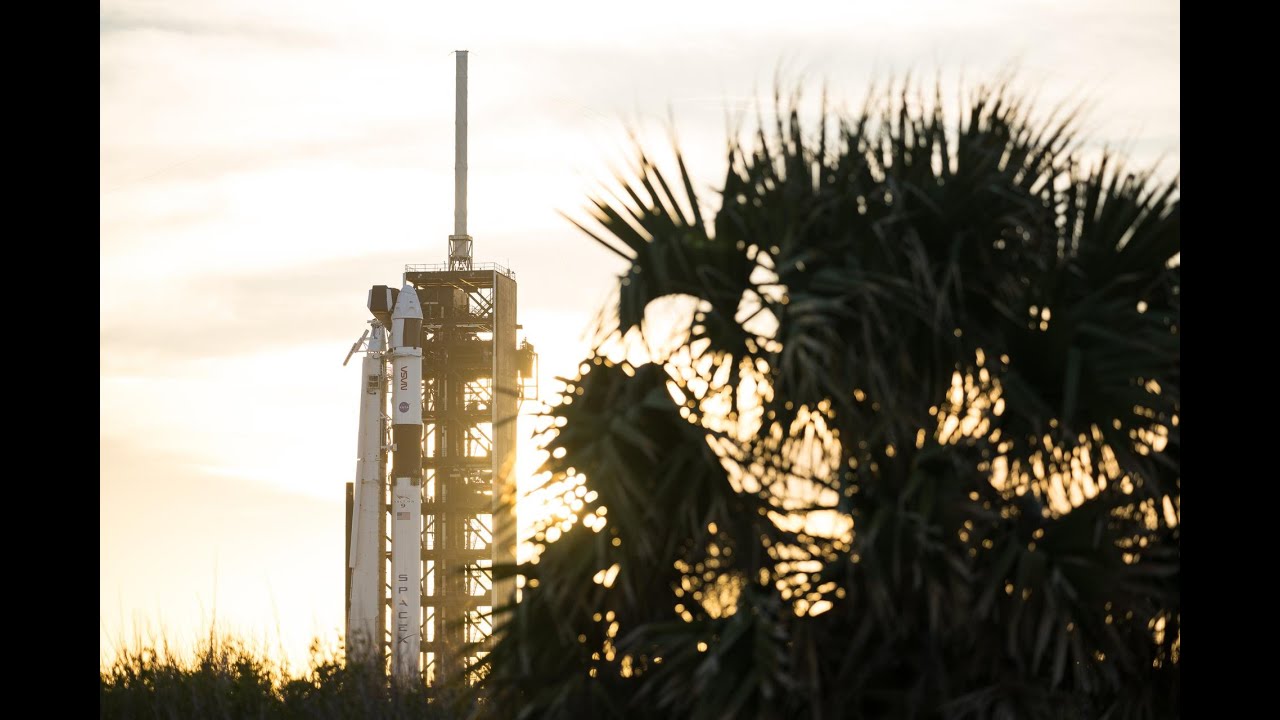
I understand these are at 60 degrees ahead of, and behind, Earth (respectively). Does anyone know how much harder it is to keep satellites at other ‘offsets’ from Earth? Could we realistically also have one at 30 degrees, one at 90 degrees, one at 120 degrees, and one at 150 degrees?
And could it be beneficial to send data via that route? Could they play a role analogous to something like this?:
https://en.m.wikipedia.org/wiki/Optical_communications_repeater
Or would it just be a pointless increase in latency for no benefit?